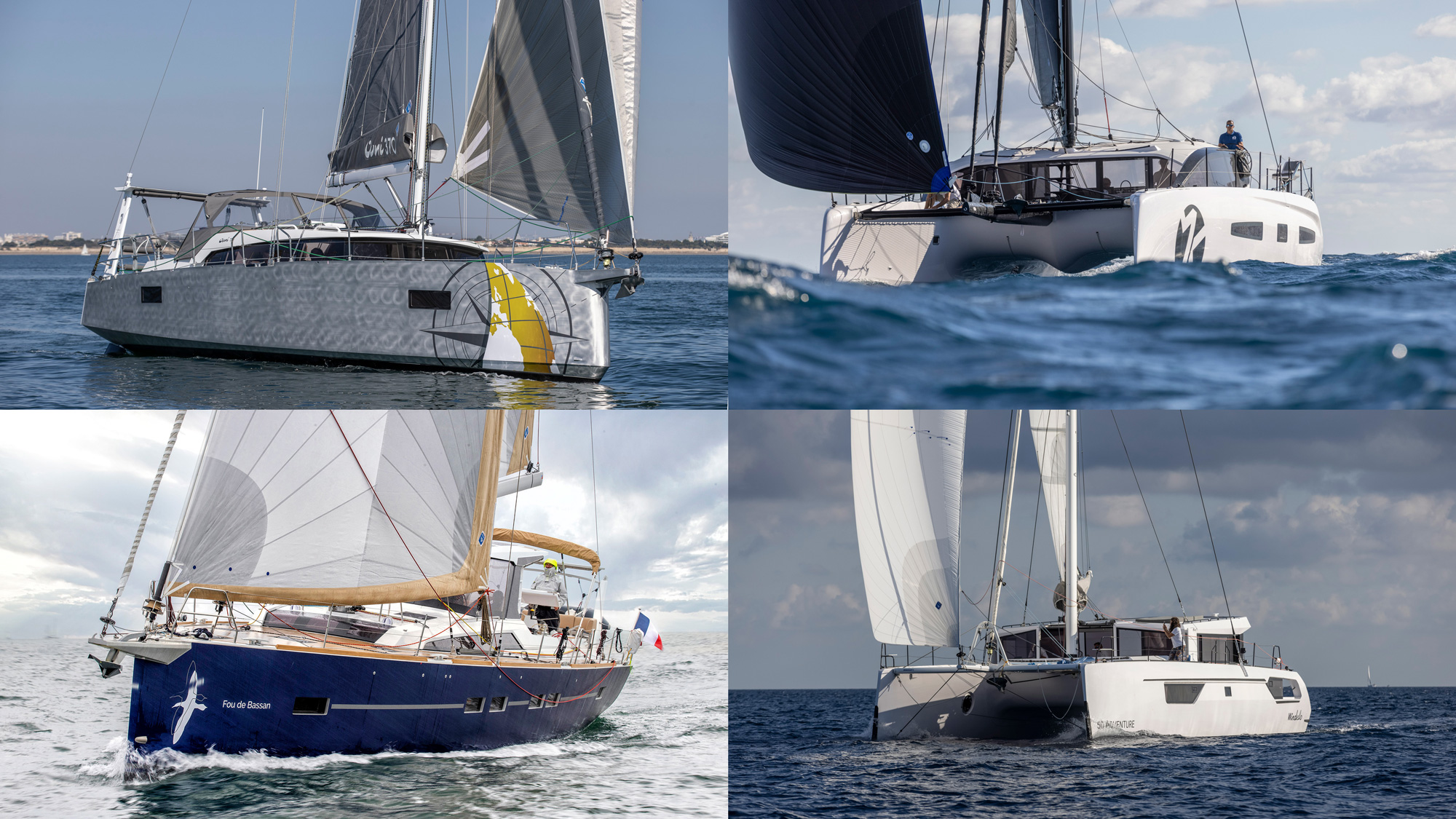Jeremy Wyatt, director of World Cruising and experienced ocean sailor, on what he’s learned helping thousands of crews cross the Atlantic
I often chat with prospective bluewater cruisers at boat shows and seminars and am frequently asked: “What is the ideal bluewater yacht?”
This is an impossible question to answer, since so much depends on the attitudes and ambitions (and budget!) of the person asking. So, how do I reply to this tricky question?
Firstly, in my view there are no bad boats these days; builders would go bust if they made bad boats. However, people considering bluewater cruising really do need to understand that not all boats are the same, and that different types are optimised for specific types of sailing.
Catamarans for example, have seen a huge growth over recent years. They offer acres of living space, easy access to swim platforms and dinghies, and are ideal for tradewind sailing on bluewater routes.
But – and this is an important but – they cost significantly more; they have two hulls, two engines (and frequently a genset as well).
Docking in a marina will come as a shock to the wallet when dock fees are charged by the square metre. Not to mention the difficulties of finding suitable lift-out locations for your ideal bluewater yacht.
So if you plan to spend your retirement gunkholing around little harbours in Brittany, Ireland and Scotland, then a catamaran is probably not the best boat for the job. Picking the ideal bluewater yacht is about choosing the right horse for your preferred course.
Article continues below…
43 of the best bluewater sailboat designs of all time
Which yacht is the best for bluewater boating? This question generates even more debate among sailors than questions about what’s…
The perfect boat: what makes an ideal offshore cruising yacht?
Choosing a boat for offshore cruising is not a decision to be taken lightly. I have researched this topic on…
But how do you negotiate the labyrinth of boat choice?
- Set your budget and stick to it. Remember that when buying older boats (ten-plus years), you will need to set aside more of your budget for refit costs: Between 30% and 40% of the purchase price is reasonable.
- One hull or two (or three)? This comes down to personal preference. Just remember that where you plan to voyage will dictate your choice of boat.
- Buy as much boat as your budget will allow. This bluewater yacht is going to be your home, possibly for years. You need it to be comfortable and easy to live on. The difference in internal volume between a 40ft and a 45ft boat is significant. You will need all that space.
- Think about comfort. I would also suggest that, for cruisers, optimising comfort over outright sailing performance is a better choice.

Jeremy Wyatt is co-director of the World Cruising Club
I am sometimes asked what is my ideal bluewater yacht? Again, this depends on where I’d plan to sail.
If I was planning for the classic Atlantic Circuit from Europe/Med to the Caribbean and back, then returning to cruise in Europe, then I would certainly include modern production cruisers.
They sail well, have thoughtful, easy-to-live-with interiors and are affordable. There is a good reason why Beneteau is the world’s largest boatbuilder – and we see lots of their hulls in the ARC each year.
However, if I were planning a three- or four-year circumnavigation, then I would probably switch allegiance and go for a heavier displacement, semi-custom classic cruiser. The extra security of a solid boat can be very reassuring when caught out in a big blow, or bumping a coral head in an atoll.
Most popular ARC yachts in 2018
- 10x Lagoon 42s
- 7x Lagoon 450s
- 5x Beneteau First 47.7s
- 3x Lagoon 400s
- 3x Fountaine Pajot Belize 43s
Article first published in the August 2019 edition of Yachting World.






